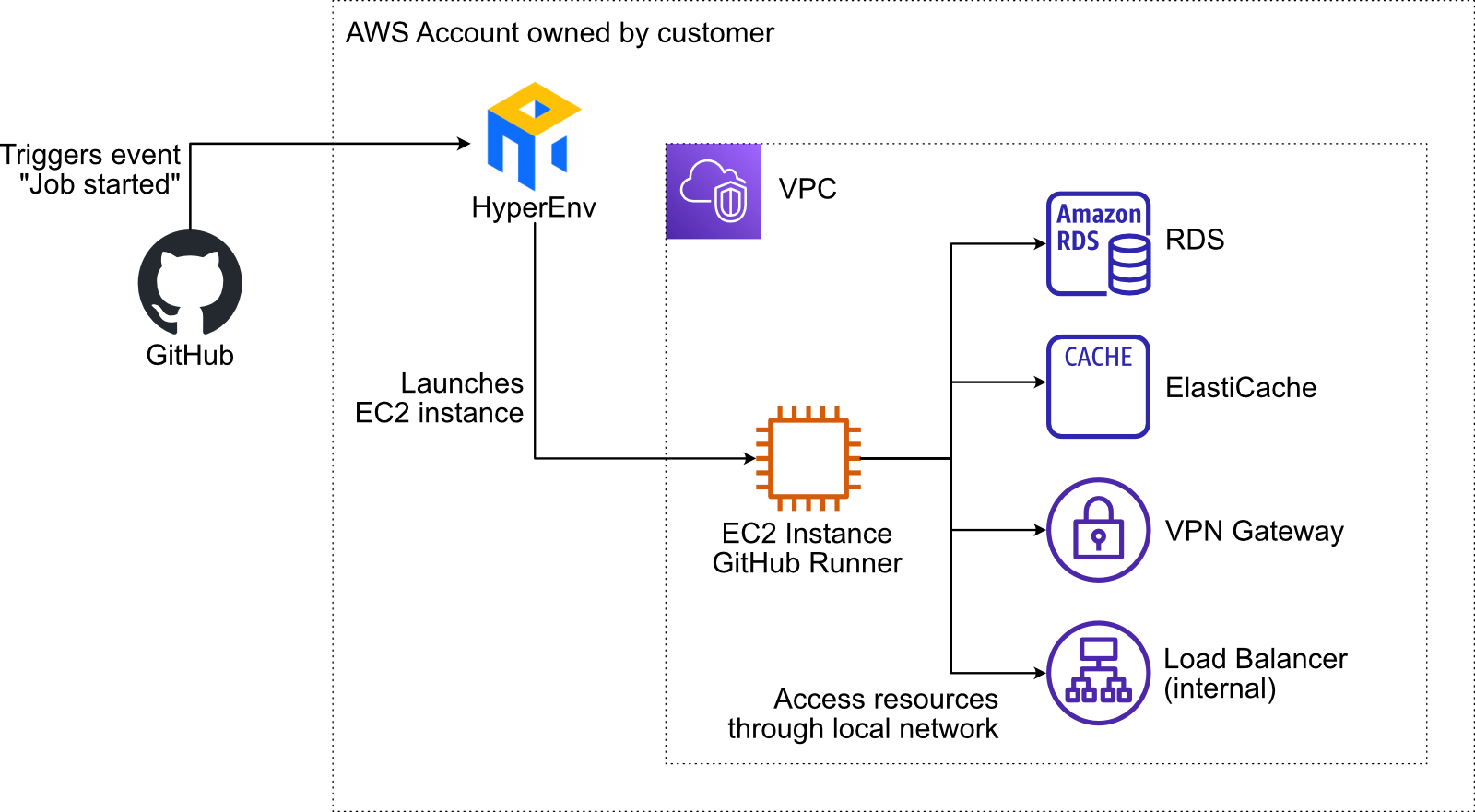RemoteIoT VPC Network: Mastering Secure IoT Connectivity
In today's rapidly evolving digital landscape, where remote work is the norm and the Internet of Things (IoT) is expanding at an unprecedented rate, the demand for secure and reliable network solutions has never been more critical. Having secure access to your virtual private cloud (VPC) is paramount, especially when managing a sprawling ecosystem of IoT devices. This is where the power of a remoteiot vpc network steps in, offering unparalleled capabilities to connect and manage your devices from anywhere with robust security.
The convergence of Virtual Private Cloud technology with innovative peer-to-peer (P2P) communication, as championed by platforms like RemoteIoT, creates a formidable solution for businesses and individuals alike. It’s not just about connecting devices; it’s about establishing an isolated, highly available, and incredibly secure environment for all your IoT operations, from data collection to complex backend tasks like backups and replication. This article serves as your comprehensive guide to understanding, implementing, and leveraging the full potential of RemoteIoT VPC networks.
Table of Contents
- RemoteIoT VPC Network: A Paradigm Shift in IoT Connectivity
- The Core Mechanics: P2P Direct Communication and Isolation
- Unparalleled Security Features of RemoteIoT VPC
- The Role of Raspberry Pi in RemoteIoT VPC Networks
- Real-World Applications and Use Cases
- Scalability and Flexibility for Evolving IoT Projects
- Comparing RemoteIoT VPC to Traditional IoT Networking
- The Future of IoT Connectivity with RemoteIoT VPC
RemoteIoT VPC Network: A Paradigm Shift in IoT Connectivity
The landscape of IoT is constantly expanding, with millions of devices deployed globally, from smart home sensors to industrial machinery. Managing and securing these devices, especially when they are geographically dispersed or behind complex firewalls, presents significant challenges. Traditional networking solutions often fall short, struggling with scalability, security vulnerabilities, and the complexities of maintaining centralized servers for communication. This is precisely where the innovative approach of a remoteiot vpc network emerges as a game-changer. RemoteIoT redefines how we perceive and interact with our IoT infrastructure. It’s not just a network; it's an ecosystem designed to provide a securely isolated environment based on P2P direct communication. This means that once a connection is established between two peers, no central server is involved in the ongoing interaction. All data exchanges occur directly, enhancing both speed and security. This model is a significant departure from conventional setups, offering a robust and scalable foundation for any IoT project, whether it involves a handful of devices or a massive deployment across continents. The ability to connect and manage machines and devices from anywhere, even those behind firewalls, underscores RemoteIoT's commitment to seamless, secure access.The Core Mechanics: P2P Direct Communication and Isolation
At the heart of the RemoteIoT VPC network lies its unique blend of peer-to-peer (P2P) communication and virtual private cloud (VPC) principles. This combination addresses some of the most pressing concerns in IoT deployments: security, efficiency, and reliability.Unraveling the P2P Advantage
The P2P direct communication infrastructure is a cornerstone of RemoteIoT's design. Unlike client-server models where all traffic funnels through a central point, RemoteIoT facilitates direct connections between devices. Once the initial connection is established, all subsequent interactions take place directly between the two peers. This architecture offers several compelling advantages:- Reduced Latency: Data travels directly between devices, eliminating the need for intermediate hops through a central server, resulting in faster communication.
- Enhanced Reliability: Without a single point of failure (the central server), the network becomes more resilient. If one peer goes offline, it doesn't necessarily disrupt communication between other active peers.
- Improved Efficiency: Less reliance on central infrastructure means less overhead and potentially lower operational costs for large-scale deployments.
- Greater Privacy: With direct peer-to-peer communication, the data path is more private, reducing exposure points.
The Power of Network Isolation
An IoT VPC is essentially a private cloud environment specifically designed for IoT applications. It provides a means of an isolated network, ensuring that your IoT traffic is completely segregated from other network activities. This isolation is not merely a convenience; it's a critical security feature.- Enhanced Security: By isolating IoT traffic, the risk of unauthorized access to sensitive device data or control systems is significantly reduced. Any potential breach in one part of your broader network won't necessarily compromise your isolated IoT environment.
- Reduced Attack Surface: A dedicated, isolated network minimizes the points of entry for malicious actors, making it harder for them to discover and exploit vulnerabilities within your IoT ecosystem.
- Improved Performance: Dedicated network resources within the VPC ensure that IoT traffic doesn't contend with other network demands, leading to more consistent and predictable performance.
Unparalleled Security Features of RemoteIoT VPC
Security is not an afterthought with RemoteIoT VPC; it's fundamental to its architecture. The system is engineered from the ground up to provide a highly secure environment for your IoT devices and data.One of the most critical security features is the encryption of all network traffic. This is achieved via an SSH tunnel
- Shae Mccombs Husband
- Lil Tecca Jail
- Robert Duvall Net Worth
- Lisa Nowak Today
- Sophia Deso Onlyfans Leaked

Accessing an AWS VPC network from a GitHub Actions job – HyperEnv for

Amazon VPC Network Access Analyzer 🔍 - Sanchit's blog

How to Create AWS VPC Peering Connection Step-by-Step | NetworkProGuide